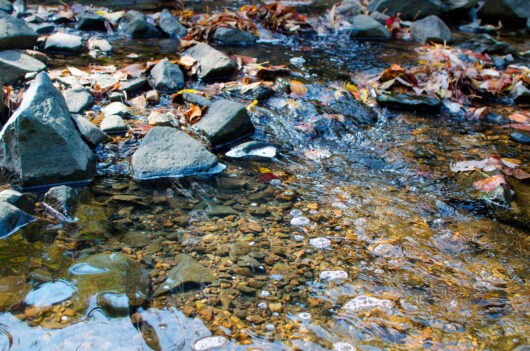The aquatic ecosystem is a delicate balance, with complex food webs and predator-prey interactions. Disruptions at any level can impact the entire system. We depend on these ecosystems for oxygen production, as a food source, and for recreation.
 Although detected at low concentrations, pharmaceuticals are specifically designed to be biologically active even in small quantities and can have significant impacts on aquatic organisms including bacteria, algae, invertebrates, and fish. There is an ever-growing body of research that demonstrates the negative impacts of pharmaceutical compounds to the environment at even low-level concentrations.
Although detected at low concentrations, pharmaceuticals are specifically designed to be biologically active even in small quantities and can have significant impacts on aquatic organisms including bacteria, algae, invertebrates, and fish. There is an ever-growing body of research that demonstrates the negative impacts of pharmaceutical compounds to the environment at even low-level concentrations.
- One study found that mussels exposed to both low and high concentrations common drugs like ibuprofen showed slower growth and a reduced ability to attach to substrate – a behavior necessary for mussels to survive. Concentration of drugs in the mussels was significantly higher than that of the surrounding water (Ericson et al. 2010).
- Antidepressants can alter the reproduction, behavior, and development of a wide suite of aquatic organisms (Moreira et al. 2022).
- Researchers found similar concentrations of pharmaceutical compounds in aquatic invertebrate larvae and their land-based predators, indicating that there is transfer to higher levels in the food web. This study also indicated that aquatic and riparian organisms are exposed to some drugs at levels comparable to human dosages (Richmond et al. 2018).
Perhaps the most well-studied negative impact from medicine in the environment is that posed by antibiotics and antimicrobial substances. Triclosan is an antimicrobial that was historically found in a wide variety of personal care products. It is estimated that 75% of Americans are exposed to triclosan and it has been detected in aquatic environments and animals (Weatherly and Gosse 2017). While antibiotics are essential for treating bacterial infections, the improper use and disposal of antimicrobial substances can lead to changes in normal bacterial communities in ecosystems, potentially leading to the emergence of antibiotic-resistant bacteria (Endale et al. 2023).
Public Health Impacts
Continue reading to learn more about the impacts of this pollution pathway on public health.

FIND A DROP-OFF LOCATION
Use our interactive map to find a location near you to take your unwanted or expired medicine.
